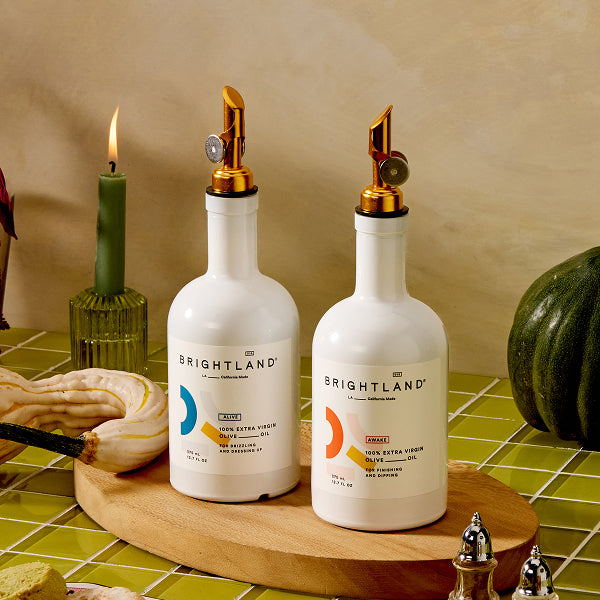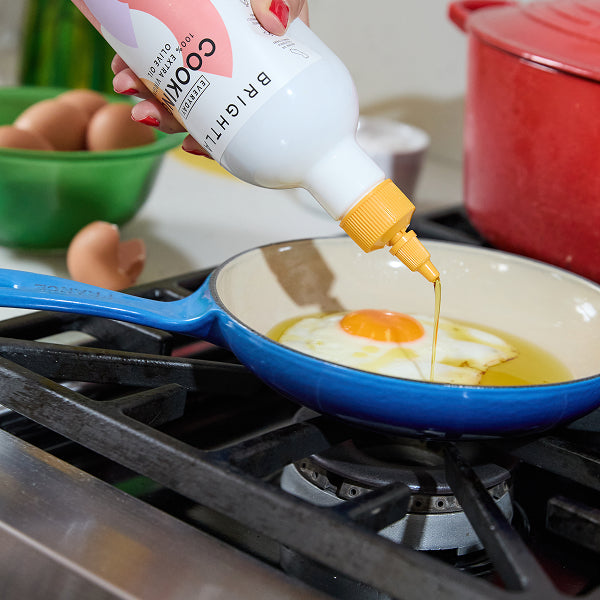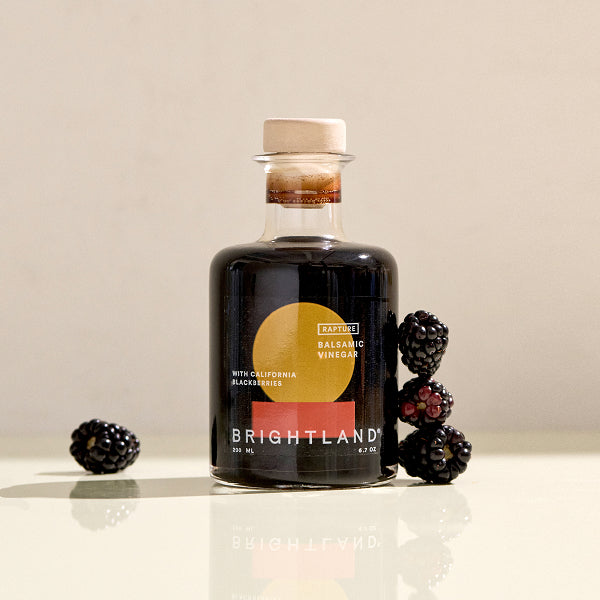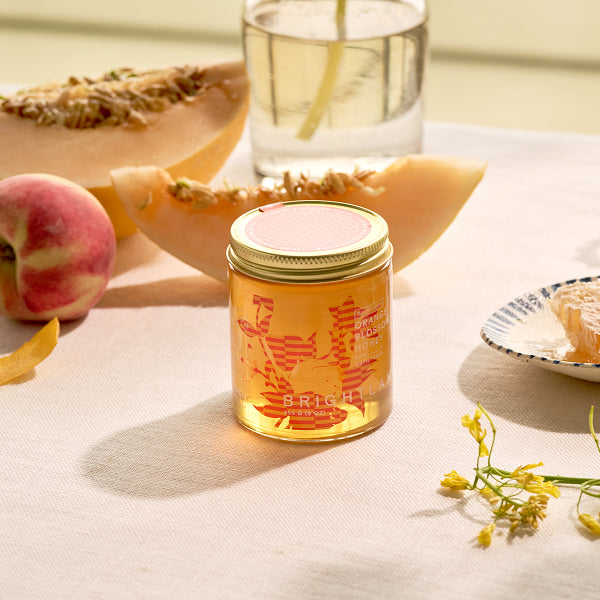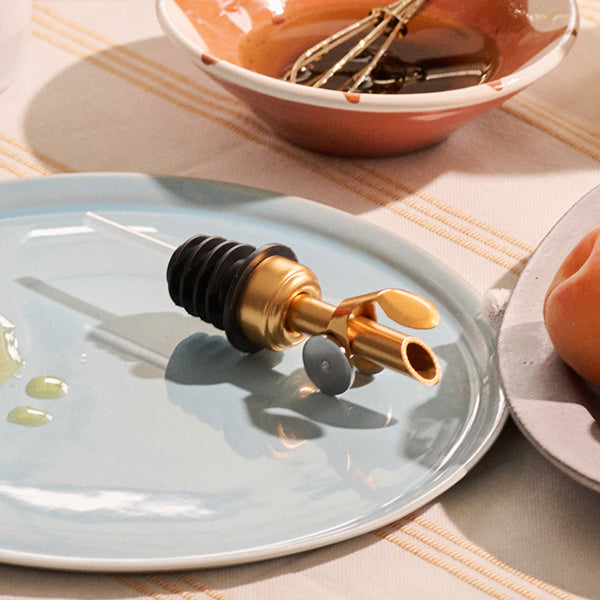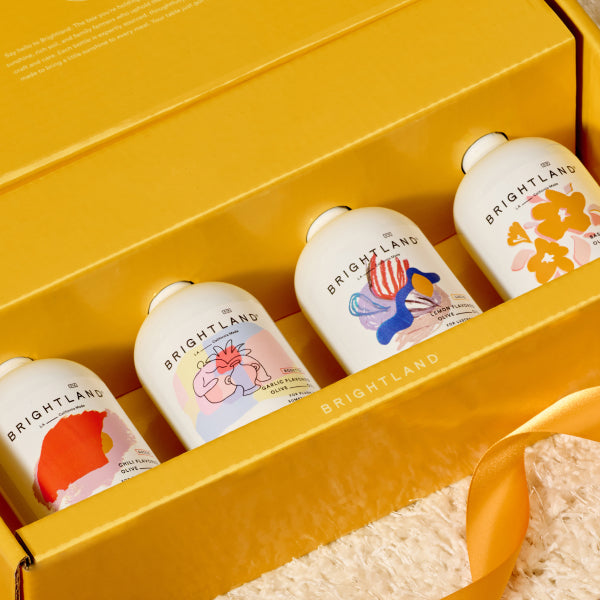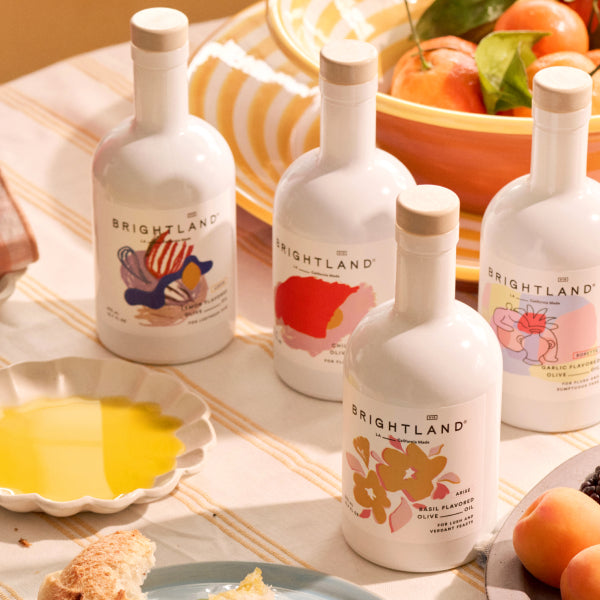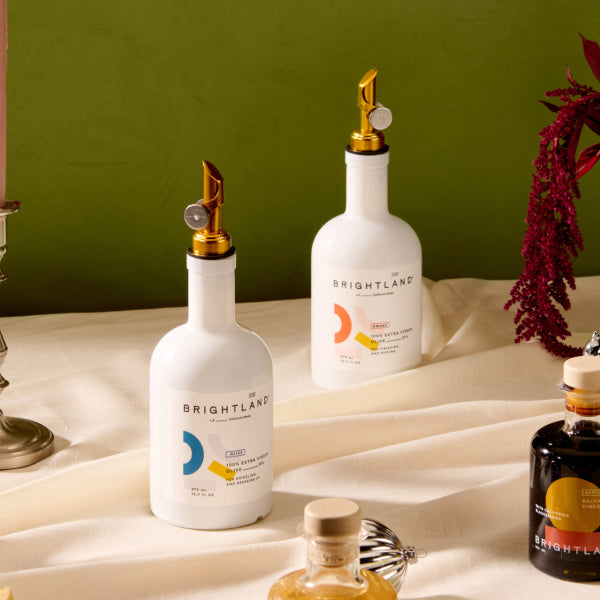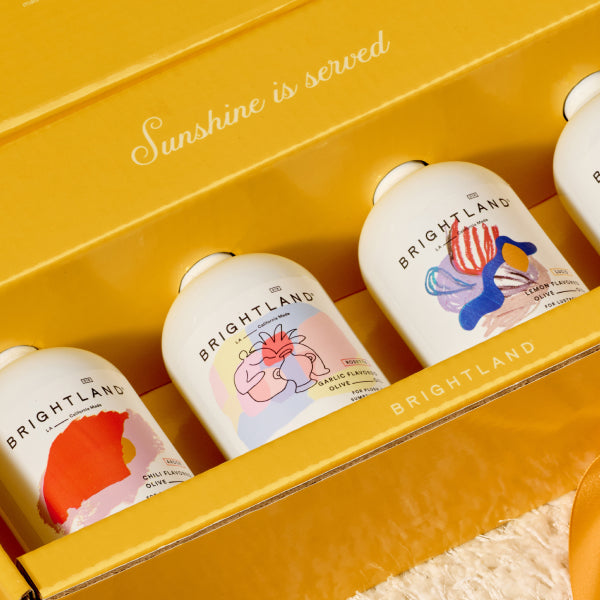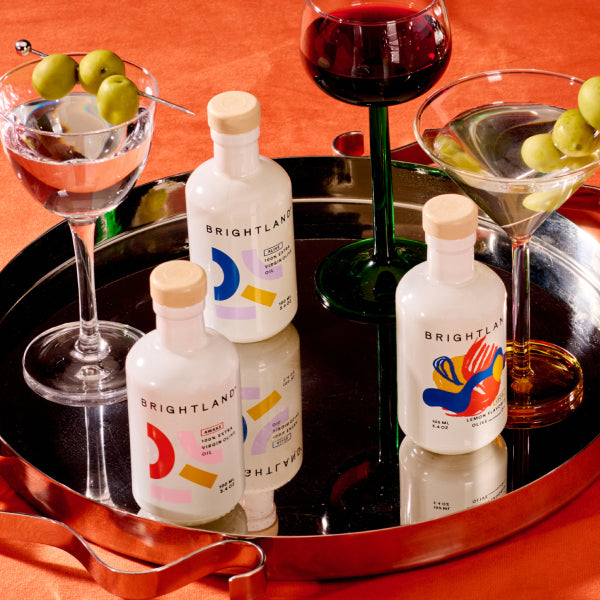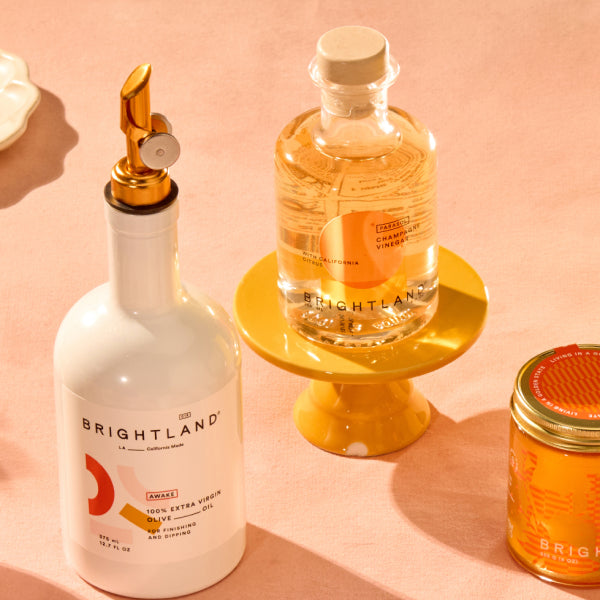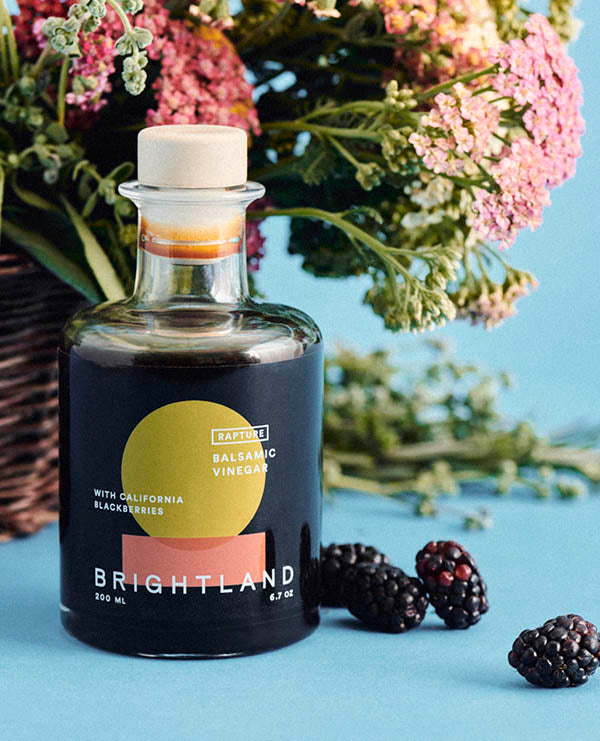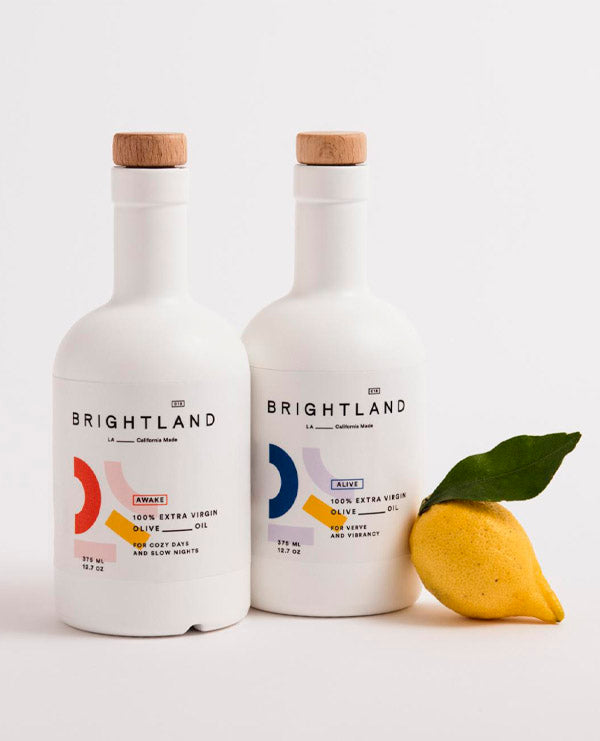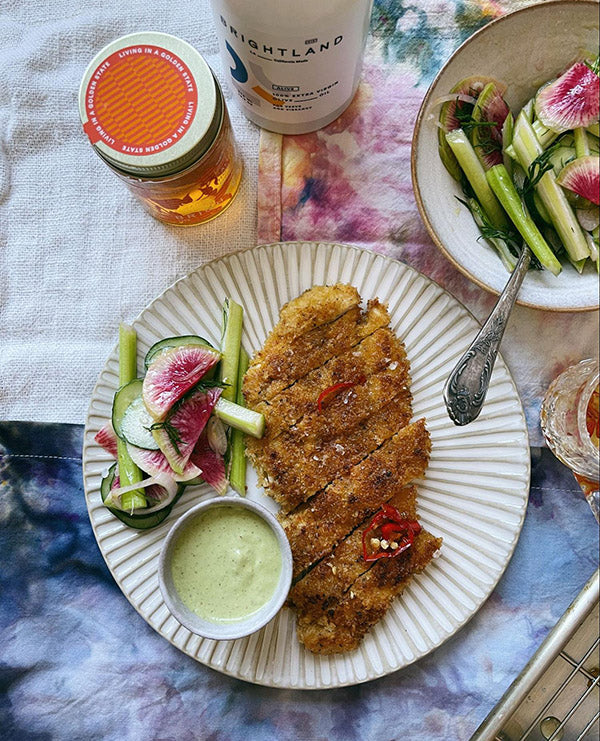[open type="rte"]
Balsamic vinegar is a common pantry staple ingredient, and many cooks reach for it often. But do you know exactly how balsamic is made — and why that cheap bottle of “balsamic” in your pantry might not actually be real balsamic vinegar? Here is what you need to know about how various different kinds of balsamic are made:
[close type="rte"][open type="images" small="true"]

[close type="images"][open type="rte"]
How Traditional Balsamic Vinegar Is Made
Traditional balsamic vinegar is very tightly regulated and is only made in two locations in Italy: Reggio Emilia and Modena. A special certification agency oversees the entire vinegar-making process, which takes 12-25 years from start to finish. Traditional balsamic vinegar is made from sweet white grapes, often the Lambrusco or Trebbiano varieties. The grapes are pressed whole — including the stems, seeds and juice — and then cooked over a flame until reduced by half. They are left to ferment naturally for up to three weeks.
After this initial period of waiting, the grape mixture is transferred to the first barrel of a “batteria,” a series of at least five aging barrels. The barrels become smaller and smaller with each progressive step as the vinegar becomes more concentrated. Each barrel is made of a different wood, which imparts a different flavor into the vinegar. The longer a vinegar is aged, the more barrels it will have gone through and the more complex a taste it will have.
Once a year, the smallest cask is drained and bottled. Each successive barrel is filled from the next size up, and the final barrel is topped off with fresh grape must. The barrel in the smallest cask will have a thicker texture and a more robust taste, signaling that it is the finest aged vinegar.
Traditional balsamic is aged for a minimum of 12 years, but the process can take up to 25 years. Because of the multi-barrel process, it is difficult to determine the exact age of a vinegar in the same way that you can do for wine. Instead, expert judges assign different grades to different yields of vinegar that correspond with a different color cap.
Because of the rarity and expense of traditional balsamic, it is very likely that whatever “balsamic vinegar” you have had before was either an IGP balsamic vinegar, a condiment grade balsamic or (worst case scenario) an imitation balsamic that contains guar gum and xanthan gum.
[close type="rte"][open type="rte"]
How Brightland Balsamic Vinegar Is Made
Any balsamic vinegar made outside of these two regions in Italy uses a different process, and that is true for our Brightland RAPTURE raw balsamic vinegar as well. We make our vinegar on a family-run farm on California’s Central Coast.
[close type="rte"][open type="images" small="true"]

[close type="images"][open type="rte"]
Instead of using the traditional white grape varietals, we start with a zinfandel grape and add in ripe Triple Crown blackberries to bring the fruit taste to the fore. We then double-ferment the California balsamic vinegar in stainless steel barrels, as opposed to the series of wooden casks used in Italy. The result is a lighter, brighter, zingier, fruitier vinegar well suited for dressings and marinades. (Learn how to use balsamic vinegar in your meals.)
Because there is so little regulation of what products use the balsamic label, many products that claim to be “balsamic vinegar” are cheap knockoffs packed with filler ingredients. When shopping for balsamic vinegar, carefully read the ingredients and the label so you know where the product comes from and what it contains. A high-quality balsamic vinegar will only contain grapes and other natural ingredients, not xanthan gum, guar gum or any other fillers.
Traditional balsamic vinegar is very rare and very expensive, but you can still get a great tasting balsamic by shopping at quality domestic producers such as Brightland. Our small batch approach and California location allow us to maintain a very high level of quality control over our products, including our balsamic vinegar, so you can buy with confidence.
[close type="rte"][open type="images" count="1"]

[close type="images"][open type="rte"]
We ship all of our products, including our flavored vinegars, straight to your door so you never have to worry about how long it has been sitting in a truck or on the store shelf. Browse our selection today to find your new favorite pantry staples.
[close type="rte"]

